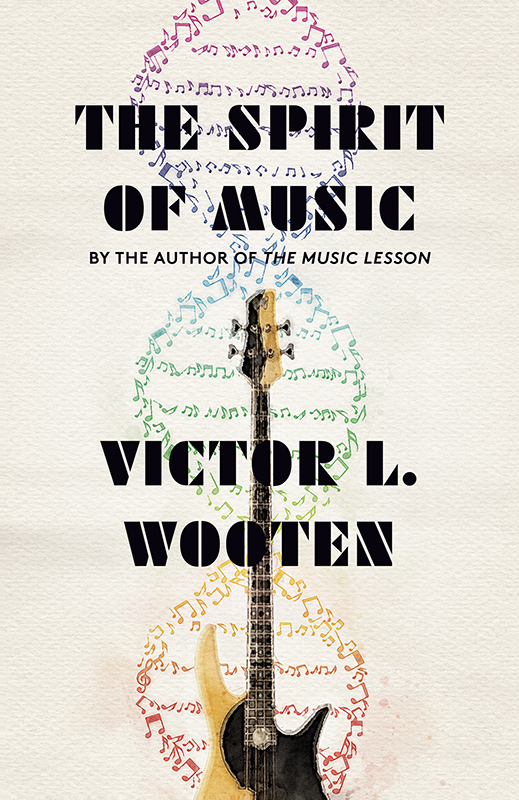Live and Let Spy
In Sometimes You Have to Lie, Leslie Brody traces the origin story of an author and her fictional heroine
At first glance, Leslie Brody’s Sometimes You Have to Lie is an artist’s origin story — the biography of Louise Fitzhugh, dissident daughter of a powerful Memphis family who disavows the Jim Crow South, finds a new tribe of “successful, creative, pleasure loving, ambitious, knowledgeable lesbians” (as a friend described them) in New York and Paris, and grows up to be a famous author.

Written in invisible ink, though, is a parallel message of hope and endurance for nonconformists seeking their own creative voices in a silencing world — much like Fitzhugh’s best-known work, the groundbreaking and subversive children’s bestseller, Harriet the Spy.
For bookish, spy-curious, and sporty Gen X girls like me, Harriet the Spy was a revelation. I had torn through the Hardy Boys books, but the poised and perfect Nancy Drew bored my eyes dry. Enter the deliciously imperfect sleuth-heroine Harriet M. Welsch, who wore her hair in a careless mop, practiced tradecraft in torn jeans and a hoodie, and expressed opinions with all-caps candor in a secret notebook.
By the early 1980s, when I read Harriet, the world had grown a bit less hostile to irreverent girls who preferred sneakers to ballet slippers. But in 1964, when the book came out, Harriet’s free-spirited delinquency was condemned by some “so-called children’s literature gatekeepers — librarians, teachers, and members of parents’ associations, who considered themselves protectors of children’s welfare and arbiters of moral instruction,” writes Brody. Harriet wasn’t some adult’s notion of a role model for girls, which is probably why we loved her. And for young people discovering alternative expressions of gender and sexuality in a virulently homophobic society, it surely must have been a life preserver.
“That Louise wrote Harriet the Spy for middle-school readers, catching children before they settled into the powerful grooves of gender that would keep many of them on conventional tracks through adolescence, was radical,” writes Brody. “Kids who felt they were different could read parts of their secret selves in Harriet, relate to her refusal to be pigeonholed or feminized, and cheer her instinct for self-preservation.”
 Potentially, Brody’s book is a lifeline, too — for aspiring artists of any era, one of an infinite number of possible recipes that reveal how a writer is made. It’s reassuring — and even inspiring — to zoom in on Fitzhugh’s untidy origin story: the on-and-off friendships and romances that turned into collaborations; her zigzagging focus between visual art and writing; the false starts and never-finished drafts; a roller coaster of self-doubt and defensiveness about whether children’s books were “serious art”; and a sometimes self-defeating intransigence with agents and editors. Still, she persisted.
Potentially, Brody’s book is a lifeline, too — for aspiring artists of any era, one of an infinite number of possible recipes that reveal how a writer is made. It’s reassuring — and even inspiring — to zoom in on Fitzhugh’s untidy origin story: the on-and-off friendships and romances that turned into collaborations; her zigzagging focus between visual art and writing; the false starts and never-finished drafts; a roller coaster of self-doubt and defensiveness about whether children’s books were “serious art”; and a sometimes self-defeating intransigence with agents and editors. Still, she persisted.
But what fans of Harriet, Suzuki Beane, and Fitzhugh’s other characters will love best is discovering how the artist’s life experience infused her creations. The eccentric Southern relatives and nurturing nurses of her childhood transform on the page into crazy grannies and the astute, beloved nanny of Harriet the Spy, Ole Golly. And Fitzhugh’s refusal to be anyone other than her insubordinate, men’s-suit-wearing, lesbian self morphs into a similar individualism, personal style, and self-knowledge in Harriet — and comes with warnings about the price an iconoclast is likely to pay. In the most memorable plot turn of Harriet the Spy, Harriet’s peers ostracize her after finding her spy notebook and reading the scathing observations she’s recorded about them.
Ole Golly’s advice to Harriet for saving her friendships gives Brody’s book its title: Harriet should tell her classmates a merciful untruth — that the comments in her notebook were false and unfair, and she’s sorry for writing them. “Writing is to put love into the world, not to use against your friends,” Ole Golly adds. “But to yourself you must always tell the truth.”
Brody puts this seemingly contradictory counsel into the broader context of Fitzhugh’s worldview. It’s a commentary on the duality of self-awareness vs. performance for artists who despise celebrity and salesmanship. It’s also a practical lesson in diplomacy — and sometimes, a skill essential for survival. Fitzhugh, Brody writes, was “well aware of the trials a gay adolescent had to endure in hostile territory. A little lie to preserve your identity and self-respect can be a soul-saving measure. When you are alone, and it looks like your cover is blown, a spy uses all the weapons at her disposal.”
Secrecy was certainly one Fitzhugh’s weapons, and a necessary one. As a gay children’s book author in a bigoted society, as Brody points out, “exposure could have caused real trouble.” Fitzhugh hardly promoted herself at all, rarely appearing in public for interviews or readings, which is why her fans will welcome new information about her life, relationships, and unpublished works. But her outrage at abuses of power was the weapon that fueled her best work. As Brody observes, “Her books are full of resistance — to liars, to conformity, to authority, and even (radically, for a children’s author) to make-believe.” On the page, she had learned to speak only to herself, and that message was always the truth.

Kim Green is a Nashville writer and public radio producer, a licensed pilot and flight instructor, and the editor of PursuitMag, a magazine for private investigators.


